| Book Code : | 162 |
|---|---|
| Subject Code : | 9708 |
| Author : | Zain Mushtaq |
| Language : | English |
| Publishers : | Read and Write Publications |
Description
Economics A2-Level Revision Notes Series By Zain Mushtaq
TABLE OF CONTENT
UNIT 1 CONSUMER BEHAVIOUR
Law of diminishing marginal utility
Indifference curves and budget lines
UNIT 2 TYPES OF COSTS, REVENUE AND PROFIT, SHORT-RUN AND LONG-RUN PRODUCTION
The short run and the long run
Law of diminishing returns (Law of variable proportions)
Short-run costs
Average costs and marginal cost
Production and costs in the long run
Economies and dis-economies of scale
Types of internal Economies of scale
Types of internal Dis-economies of scale
External economies and dis-economies of scale
Constant returns to scale
Revenue
profit
Economic profit
UNIT 3: DIFFERENT MARKET STRUCTURES
Market Structures
Perfect Competition (Characteristics)
Profits for firms in Perfect Competition in Short Run
Economic Loss in Short Run (continue to produce or shut down)
Short-run supply curve of the perfectly competitive firm
Profits for firms in Perfect Competition in Long Run (Normal Profit only)
Perfect Competition and Efficiency in the long run
Monopoly (Characteristics)
Barriers to entry/Exit (Sources of Monopoly power)
Monopoly Profit (Profit Maximization MC=MR)
Monopoly market outcomes and efficiency
Oligopoly
Competitive Theories
Game Theory
Collusive Theories
Cartel
Price Leadership (Tacit Collusion)
Monopolistic Competition
Short-Run Equilibrium
Long-Run Equilibrium
Efficiency in monopolistic competition and comparison with perfect competition
Contestable Markets
Differing objectives of a firm
Alternative objectives of firms
Sales revenue maximisation
Sales volume maximisation (Growth maximization)
Profit satisficing/Allocative efficiency
UNIT 4 MARKET FAILURE
Market Failure and Government Intervention
Externalities
Positive Consumption Externality (MSB>MPB)
Negative Production Externality (MSC>MPC)
Positive Production Externality (MSC>MPC)
Public Goods
Market power (Monopoly)
Imperfect information/information failure
Factor Mobility
Behavioral insights and ‘nudge’ theory
Evaluation of intervention tools:
Cost Benefit Analysis (CBA)
Nationalization and Privatization
Government Failure
UNIT 5: LABOUR MARKET FORCES AND GOVERNMENT INTERVENTION
Demand for and supply of labour
Supply of labour
Industry and firm labor supply curves
Elasticity of Supply for Labour
Economic rent and transfer earnings
Wage Determination
Case #1: Perfect Competition
Case #2: Monopsony (Labour is supplied competitively but demanded monopsonistically)
Case #3: Trade Union [Labour is demanded competitively and supplied monopolistically (Trade union)]
Case # 4: Monopsony vs Trade Union (Bilateral Monopoly) (Labour is supplied and demanded with market power)
Case #5: Government (National Minimum Wage)
Wage Differential
UNIT 6: EQUITY AND REDISTRIBUTION OF INCOME AND WEALTH
Equity and equality
Equity and efficiency
Government policies to redistribute income and wealth
UNIT 7: THE CIRCULAR FLOW OF INCOME
National Income determination
2 Sector Model/ Closed Economy with no Government
Investment
Multiplier effect
Factors affecting Investment
Shift of investment curve
Paradox of thrift and Accelerator theory
3 Sector Model/Closed Economy with Government
4 Sector Model/Open Economy with Government
Inflationary Gap and Deflationary gap
UNIT 8: EXCHANGE RATES
Exchange rate systems
Fixed Exchange rate
If market forces are pushing down the value of currency up the value of currency
If market forces are pushing up the value of currency
The consequences of a fall in exchange rate (Depreciation/Devaluation)
The consequences of a rise in exchange rate (Appreciation/Re valuation)
Types of exchange rates
UNIT 9: MONEY AND BANKING
Money
Money Market
Money Demand (Liquidity Preference Theory)
Money demand curve/Liquidity preference curve
Money market equilibrium
Liquidity Trap
Monetary transmission mechanism
Quantity Theory of Money
Quantitative Easing
Loan-able funds theory
Keynesian and Monetarist schools
UNIT 10: POLICIES
Expansionary Monetary Policy
Drawbacks
Fiscal Policy
Drawbacks
Supply side policy measures
Supply-side policy measures can be divided into those which are market-based and those which are interventionist
Policies to correct inflation and deflation
Policies to control cost push inflation
Policies to control deflation
UNIT 11: UNEMPLOYMENT
Types/Causes of unemployment
Disequilibrium Unemployment
Demand Deficient/Cyclical Unemployment (Keynesian View)
Equilibrium/Natural Unemployment
Voluntary and involuntary unemployment
Policies to reduce Disequilibrium Unemployment
Policies to reduce Equilibrium/Natural Unemployment
UNIT 12: BALANCE OF PAYMENTS
Financial Account
Expenditure reducing/dampening policies
Expenditure switching policies
UNIT 13: ECONOMIC GROWTH
Economic development
GDP as a measure of welfare/happiness/standard of living
Benefits of Real GDP per head as an indicator
Developed vs Developing economies
Kuznets Curve
Ways of Promoting Economic Growth
Supply Side Policies
Multinational corporations and foreign direct investment
Trade and Aid
The role of the International Monetary Fund and the World Bank
UNIT 14: GLOBALISATION
The causes of globalisation
The consequences of globalisation
Economic Integration
Consequences of formation of trading blocs
UNIT 15: GOVERNMENT MACROECONOMIC POLICY OBJECTIVES
Phillips Curve
NAIRU
MEET MY FAMILY
You must be logged in to post a review.


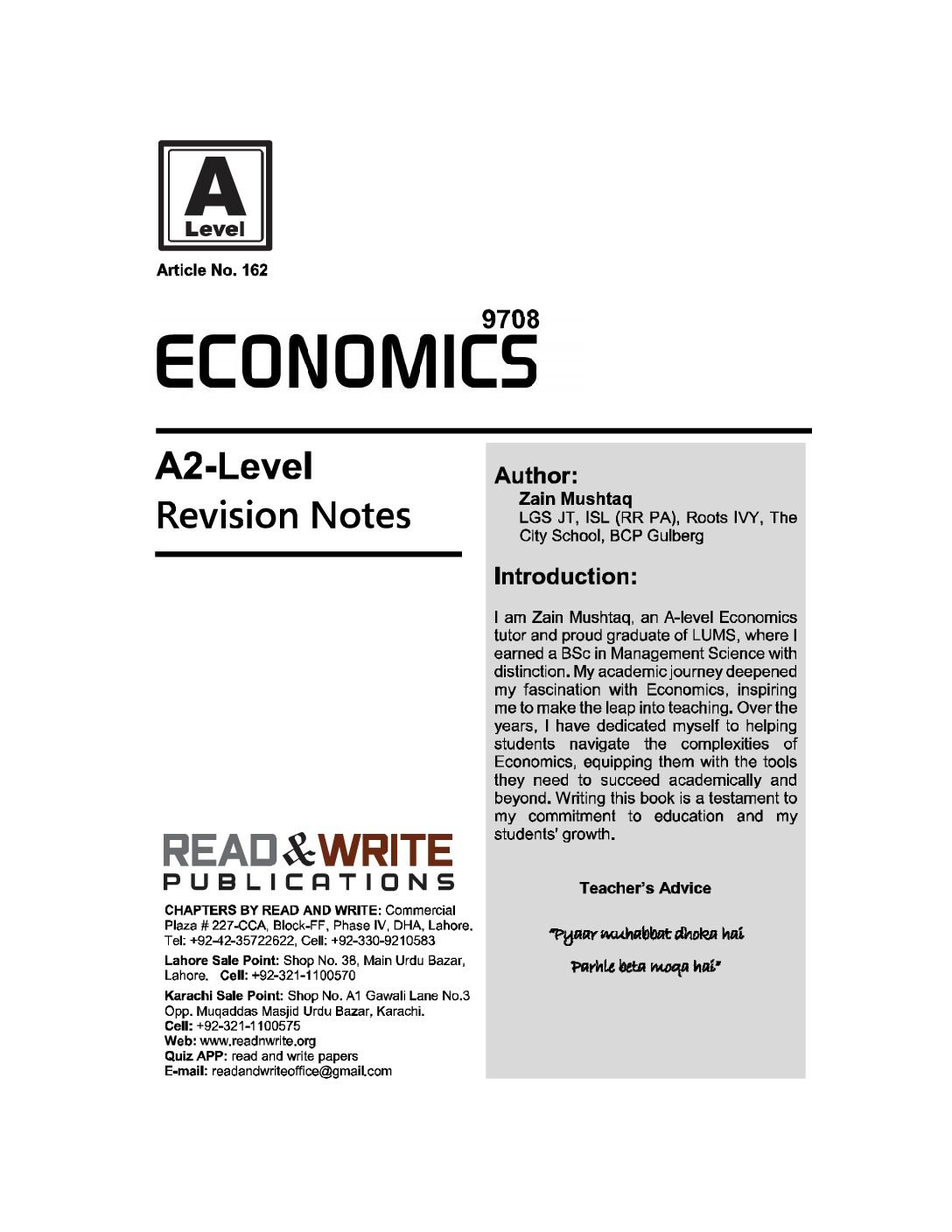
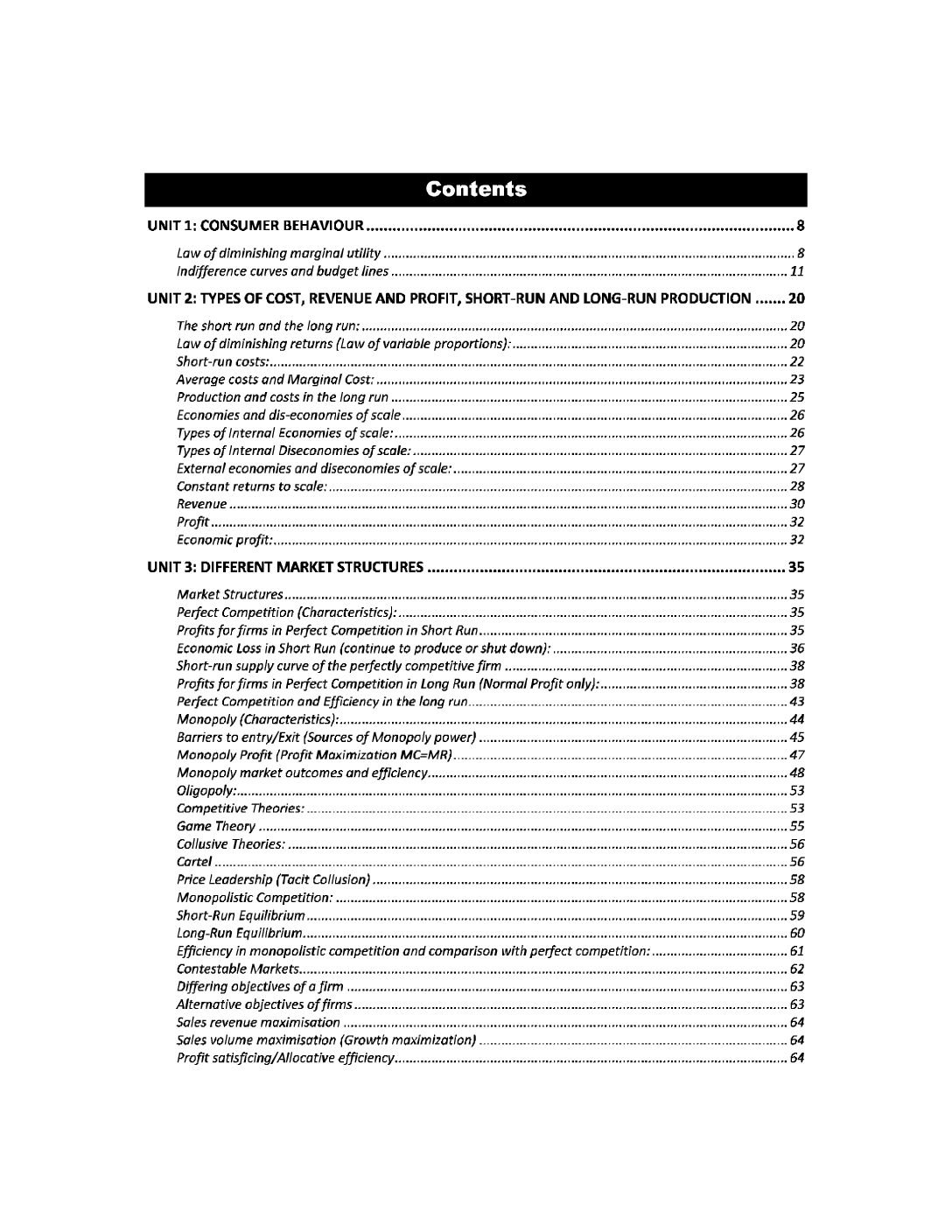
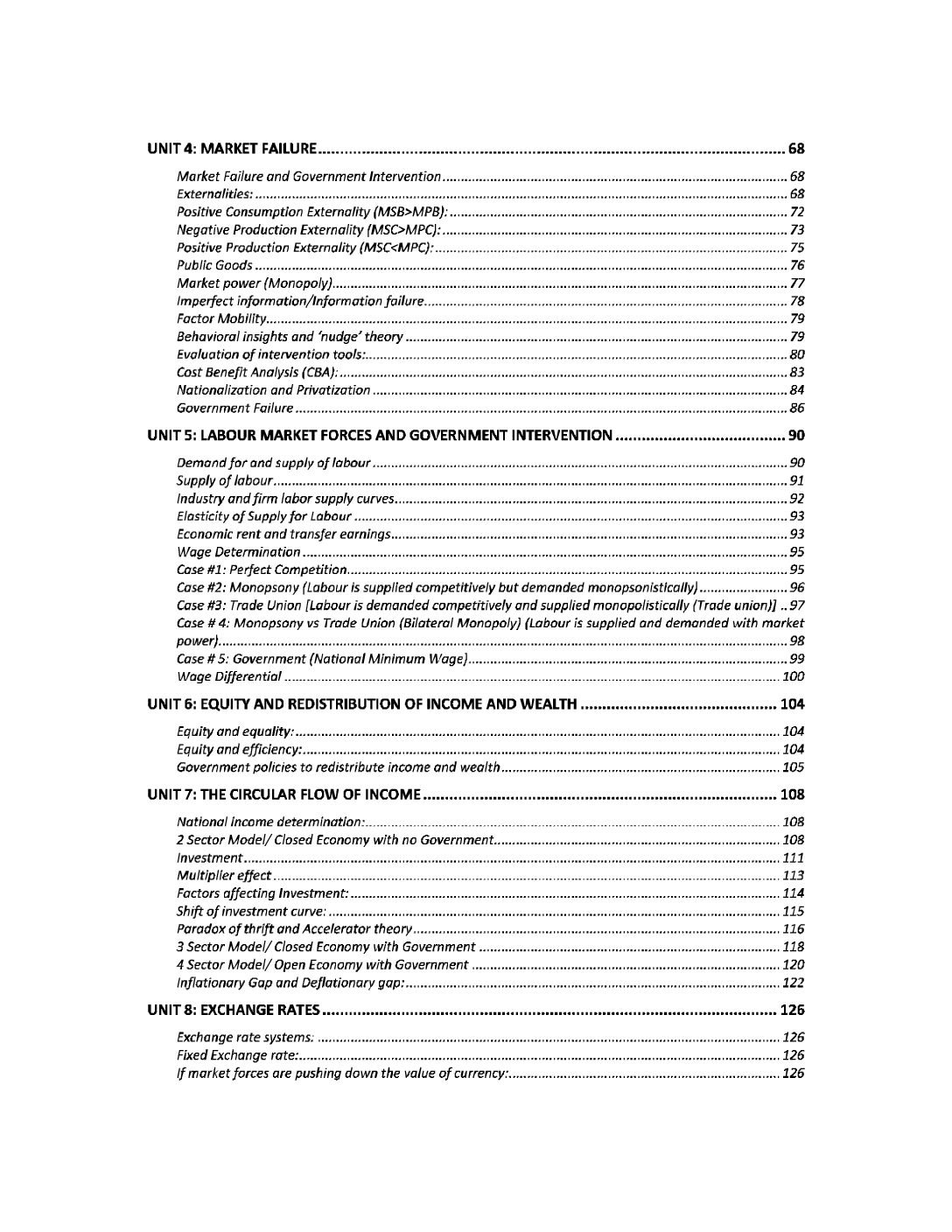
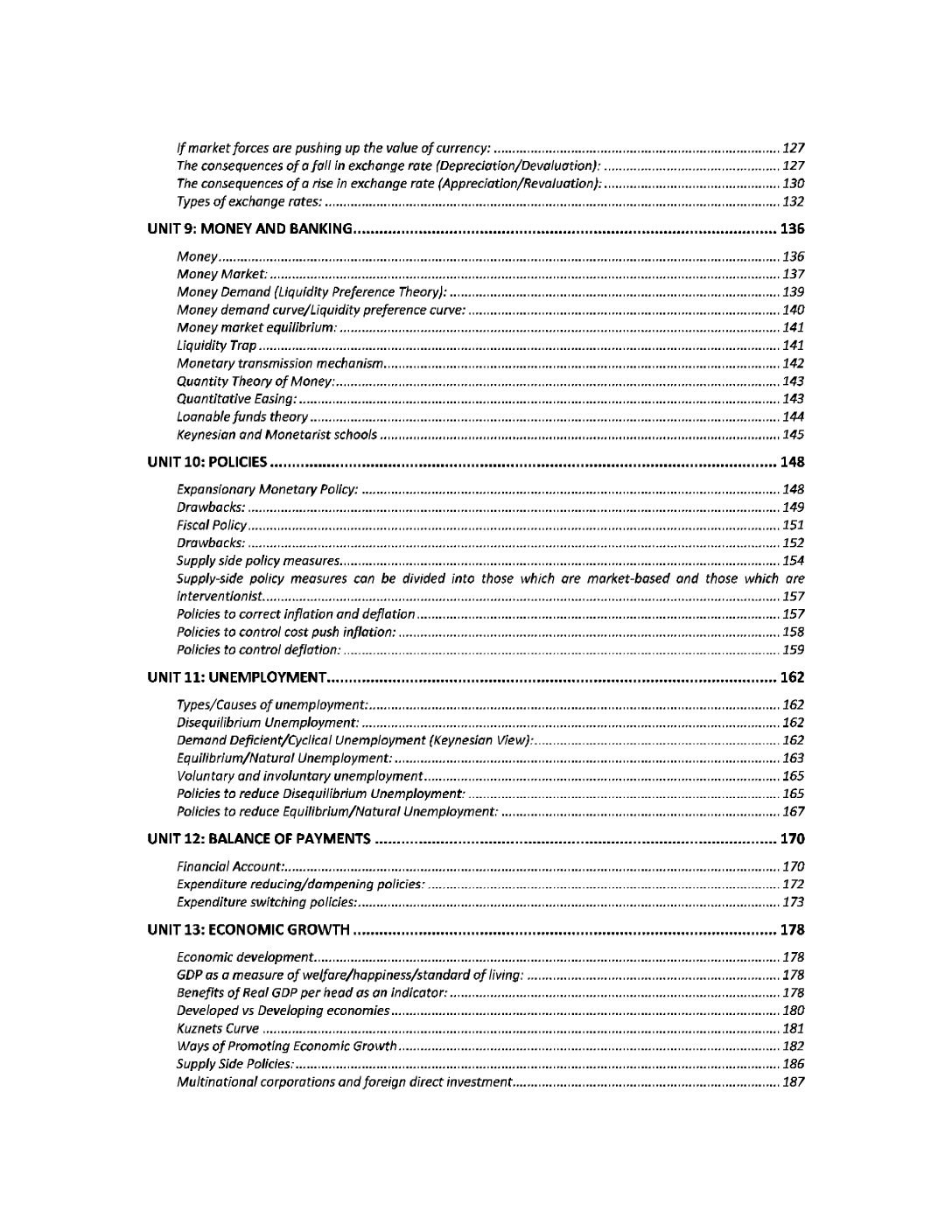
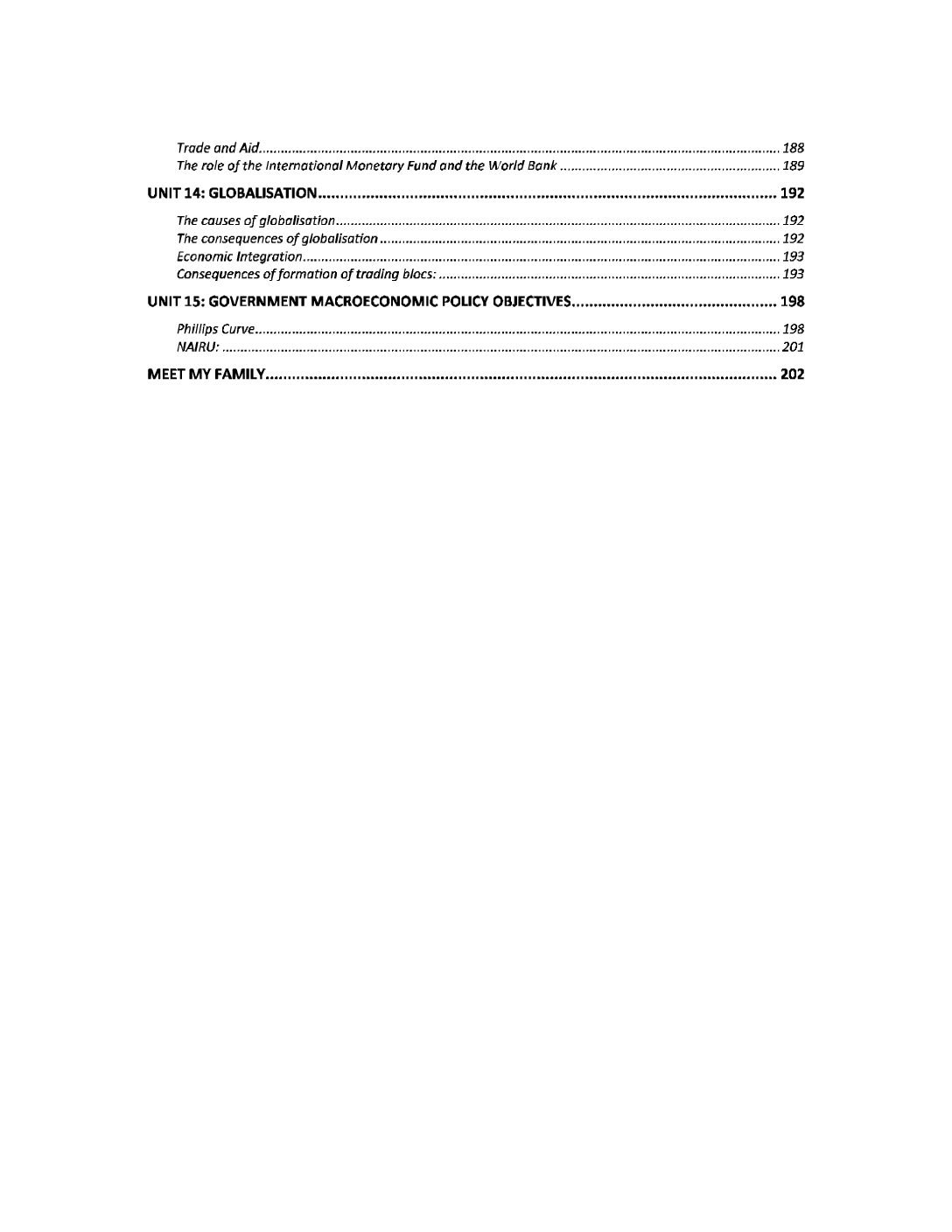




Reviews
There are no reviews yet.